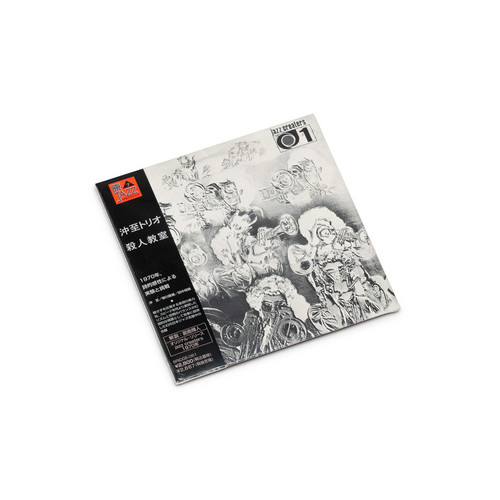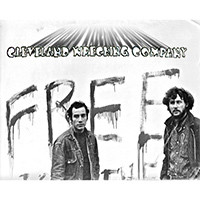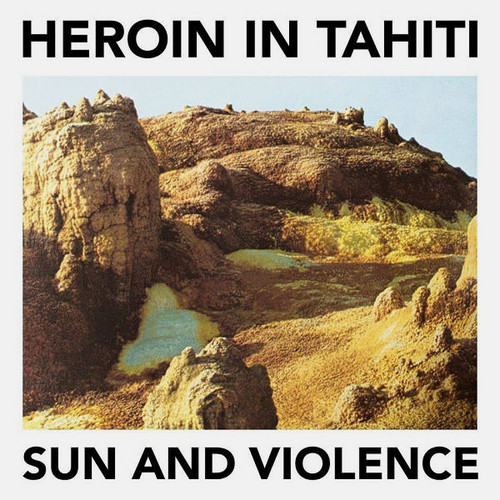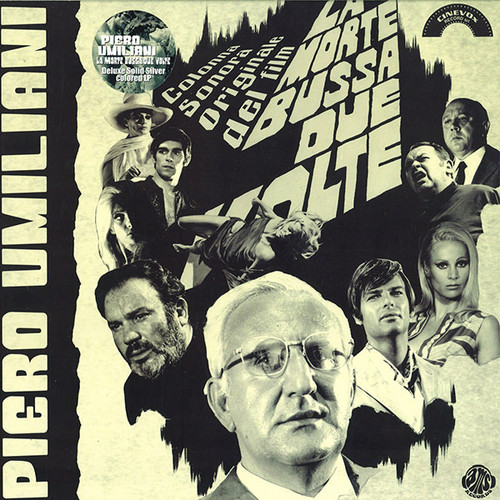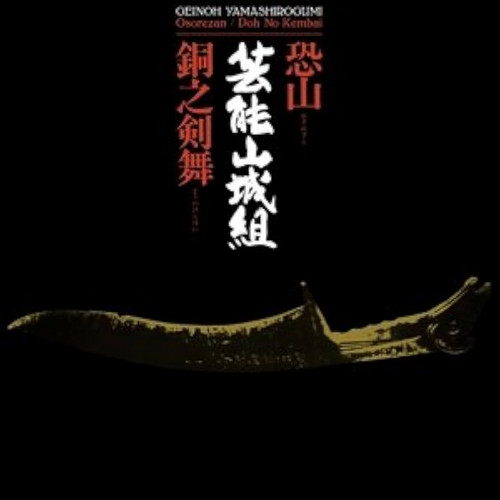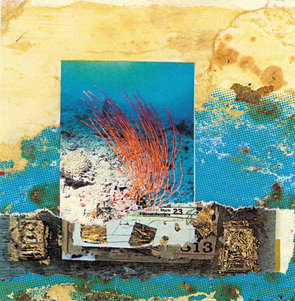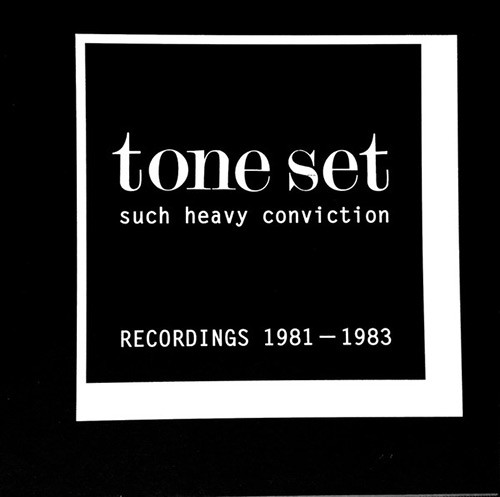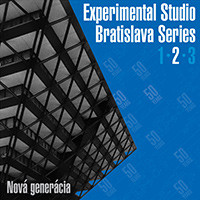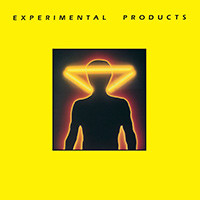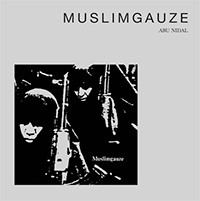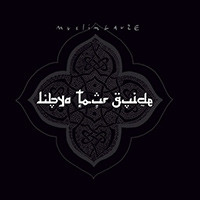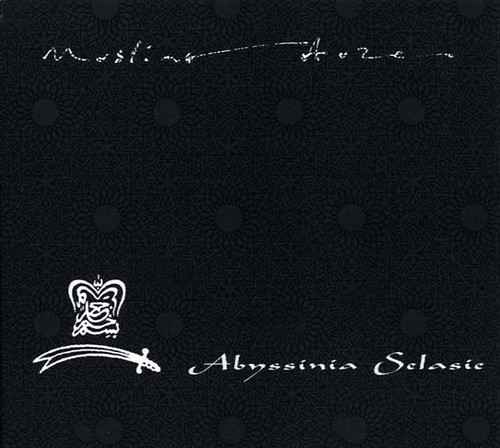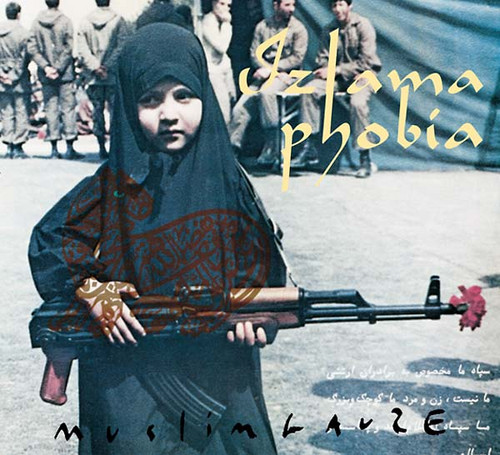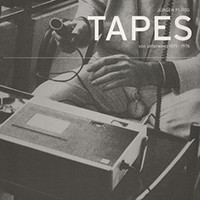Reissues
Satsujin Kyoshitsu
**2006 release, long out of print, very few copies available** Trumpeter Itaru Oki Trio's landmark debut album from 1970 reissued, a flamed out free jazz masterpiece. Itaru Oki (trumpet), Yoshiaki Fujikawa (alto sax), Keiki Midorikawa (cello, bass, piano) for sure one of the earliest free jazz players and albums from Japan. And this album is possibly his finest effort, eclectic and saturated with ethnic elements, quirky, free form.Japanese trumpet player Itaru Oki represents one of the very firs…
Say There's A Reason
The Cleveland Wrecking Company were formed in San Francisco in 1965. Their members came from jazz, flamenco and R&B backgrounds, but together their psychedelic brew verged on Blue Cheer heaviness. As perennial local favorites, they gigged at every stage in the area. They left behind no recorded artifacts during this time; a deal with Vanguard went nowhere, when their manager absconded to Mexico with the album advance on an ill-fated mission to buy a kilo of pot. A later incarnation of…
Sun and Violence
**2017 restock, last copies ** Heroin In Tahiti return with “Sun And Violence”: a mammoth double LP. Source and inspiration of “Sun And Violence” is Italian folklore and the work of ethnomusicologist Diego Carpitella in Southern Italy during the 50s. This time, Heroin In Tahiti abandon the freaked out approach of the previous release, for an almost prog-infused sequence of psychedelic folk dances, spacey tarantellas, twangy guitars, black market hymns and Joe Meek-style homages to the sinking of…
Ci Risiamo, vero Provvidenza?
“Ci risiamo, vero Provvidenza?” is the official sequel to “La vita, a volte, è molto dura, vero Provvidenza?”, directed in 1973 by Alberto De Martino and starring da Tomas Milian, Gregg Palmer, Carole André, Luciano Catenacci, Manuel Gallardo, Yu Ming Lun Ángel Ortiz, Rick Boyd. The character of Provvidenza returns and its funny exploits in the Old West.Ennio Morricone and Bruno Nicolai wrote a nice soundtrack alternating sound elements in a pop style to typical of this genre to romantic…
D'amore si muore
“D’amore si muore” is a dramatic movie directed in 1972 by Carlo Carunchio and starring Silvana Mangano, Lino Capolicchio Milva, Paolo Graziosi, Stefania Casini,Adriana Asti, Luc Merenda, Duilio Del Prete. A troubled love story is underlined by the soundtrack by Ennio Morricone where recurring romantic melodies alternate with Lounge passages.Apart from the main theme that came out on compilations, strangely a 33rpm album was never released at the time. This world premiere recording vinyl …
Ad Ogni Costo
“Ad ogni costo” is an action movie directed in 1967 by Giuliano Montaldo and starring Janet Leigh, Edward G. Robinson, Robert Hoffmann, Klaus Kinski, Riccardo Cucciolla, Georges Rigaud, Adolfo Celi. The soundtrack by Ennio Morricone musically reflects the scenario of Rio that is the background to the company of a band of thieves with an effervescent use pieces of Brazilian music alternated with romantic Beat flavor.Mastered from the original mono stereo tapes with the inclusion of four tr…
La Morte bussa due volte
A stellar cast doesn’t always guarantee a magnificent film and, from a strictly cinematographic point of view, “La morte bussa due volte” (Death knocks twice) is one of many examples of this kind; This thriller was in fact quickly forgotten at the time (1969), despite the presence of the charismatic Adolfo Celi and the beautiful Anita Ekberg.However, even for less ‘important’ productions, the likes of Morricone or, in this case, Piero Umiliani, were sometimes bothered: composers but also …
Osorezan / Doh No Kembai
**restocked again, very last copies around** Their transcendental debut, from the lendary Geinoh Yamashirogumi, a music collective formed in Japan in 1974. Their approach psychedelic music with from a rather Krautish point of view and their first album from 1976 about which I write this review is rather a collage of strange noises, screams, a few rhythms patterns and wide open structures that seem to be borrowed from late 1960s psyched out free jazz. And you can bet, this is an ever flowing…
Extended Voices
Omega Point had obtained the original tape recording of "Extended Voices" composed by Toshi Ichiyanagi (first released by Odyssey/Columbia in 1967 on the compilation of the same name, alongside other pieces for voice & electronics by Pauline Oliveros, Morton Feldman, John Cage, Robert Ashley and Alvin Lucier). The piece consists of electronic sounds and modulated voices which are included on this album in two new 2014 realizations, in collaboration with Takashi Matsudaira, a baritone singer…
New Kiribati
Discrepant presents the first ever vinyl release of Kiribati, the very first instalment in the acclaimed Ambient Exotica Soundscapes by veteran English experimentalist Mike Cooper. ''This was the first release on my Hipshot c.d.r label in 1999. I wanted to create an album of imaginary soundscapes from imagined exotic places based on my travels in the Pacific Islands and South East Asia. Kiribati was the first in a series of three CDs of Ambient Exotica Soundscapes – played on lap steel, el…
Such Heavy Convinction - Recordings 1981-1983
Tone Set was a Minimal/Synth duo founded by Galen Herod and Greg Horn in Tempe, Arizona- existing from 1981 to 1983. Their early sound was ostensibly synthetic, mixing analog synths and primitive drum machines with snippets of found speech in place of vocals. Their first release, the 1982 cassette "Cal's Ranch" was recorded almost entirely without singing at their home studio 'The Center for Advanced Studies'. That year, Tone Set contributed the track "Out, Out" to Placebo Record's "Amuck…
Nova Generacia: Experimental Studio Bratislava Series 2
** small restock, sold out at source ** Unreleased before, this seminal 70s electronic music compilation is just landed here today, and it's a glory! It's difficult to overstate the unique brilliance of these (almost unknokn) early electronic music composers: towering analogue modular synth shapes and tones with hypnotic acoustic refrains, Nova Generacia is unlike any other Kosmische or early electronic record you're likely to have heard! "Last year the 50th anniversary of the Experimental Studi…
Clock Dva LP in bundle
Limited Edition Pressings of six separate Clock Dva Albums circa 1978-80 now available as standalone, separate releases for the first time. Beautiful remastered editions, 200 copies only! That hugely elaborate, hugely expensive ClockDva Box Set from a couple of years ago (A Chronology of Dvation) has long sold out - but Vinyl on Demand have thankfully made a very limited run (200 copies only) of each of these Six LPs that comprise such an integral component in the machinery of early Indu…
Glowing in the Dark
Highly anticipated reissue of the 80's Dance/Synth-Classic "Glowing in the Dark" Originally released on Short Circuit Records (SCR-002) in 1984 it contains the three classic Tracks Glowing in the Dark, Love Changes and The Mannequin. Experimental Products started as a two member synthesizer group in 1982 operating from Philadelphia Pa. Founding members were Mark Wilde and Michael Gross. The band grew to 4 members by 1987. Their self-released Lp 'Prototype' using Analog synthesizers and drum…
Muslimgauze LP in bundle
Limited Edition Pressings of ten separate Muslimgauze Albums circa 1983-1988 now available as standalone, separate releases for the first time. Beautiful remastered editions, 200 copies only! That hugely elaborate, hugely expensive Muslimgauze Box Set from a couple of years ago has long sold out - but Vinyl on Demand have thankfully made a very limited run (200 copies only) of each of its 10 incredible albums available to buy as standalone releases for the first time. The 10 albums cover…
Libya Tour Guide
Limited edition of 500. Originally issued as the third LP in the limited-edition Tandoori Dog box set (1998), Libya Tour Guide is reissued here as a standalone CD following corresponding editions of the box's first two discs, Jaagheed Zarb (2008) and Tandoor Dog (ARCHIVE 013CD, 2013), and again the increased space of the CD medium has allowed for the inclusion of previously unreleased material from the original tape. Although a version of "Rebiana sand sea" originally surfaced on the 1998 Mel…
Abyssinia Selasie
Limited edition of 500. Although Bryn Jones's work as Muslimgauze certainly counts dub among its influences, rarely is that influence treated as directly or centrally as it is on many of the tracks found on Abyssinia Selasie. A rarity among the material Jones left behind after his death in 1999, this release features previously unreleased material that Jones had titled, unlike many of the tapes he had submitted but hadn't gotten around to preparing for release. The opening title-track alon…
Izlamaphobia
Edition of 500. Izlamaphobia starts with an aggressive blast, "Hudood ordinance." With a rhythm track consisting of extremely tweaked and processed electronic beats and bleeps and only the gentlest of Arabic string instruments deep in the mix to relate things to a more familiar Muslimgauze sound, the song sets the general mood for the rest of Izlamaphobia. This said, Bryn Jones's specific talent was such that even without that, this would still sound like him, his trademark care and obses…
Tapes von Unterwegs 1971-1976
Like his literary fellow traveler William S. Burroughs, who made tape experiments a few years earlier, German beat writer Jürgen Ploog (born 1935) began experimenting with tape recorders in the 1970s. Due to his career as a transcontinental pilot, Ploog was constantly on the go. The material on this LP was recorded and edited by Jürgen Ploog on different flights between 1971 and 1976 on a portable tape-recorder. Final selection, montage and editing by Robert Schalinski. Limited to 500 copies.
Jü…
Guitar solo 2015 Right
Otomo Yoshihide's Guitar Solo "LEFT" was released last summer but "RIGHT" is completely different from "LEFT". the 123 short fragments of Otomo's guitar sounds are run by computer programming at random so no one know how the sound played. This CD is one infinity."-Doubtmusic
"What is most remarkable about the single, 62-minute track on Otomo Yoshihide's Guitar Solos 2015 RIGHT is how consistent, top to bottom, it sounds. Or, viewed through a different lens, how much coherence (real or imagined)…
